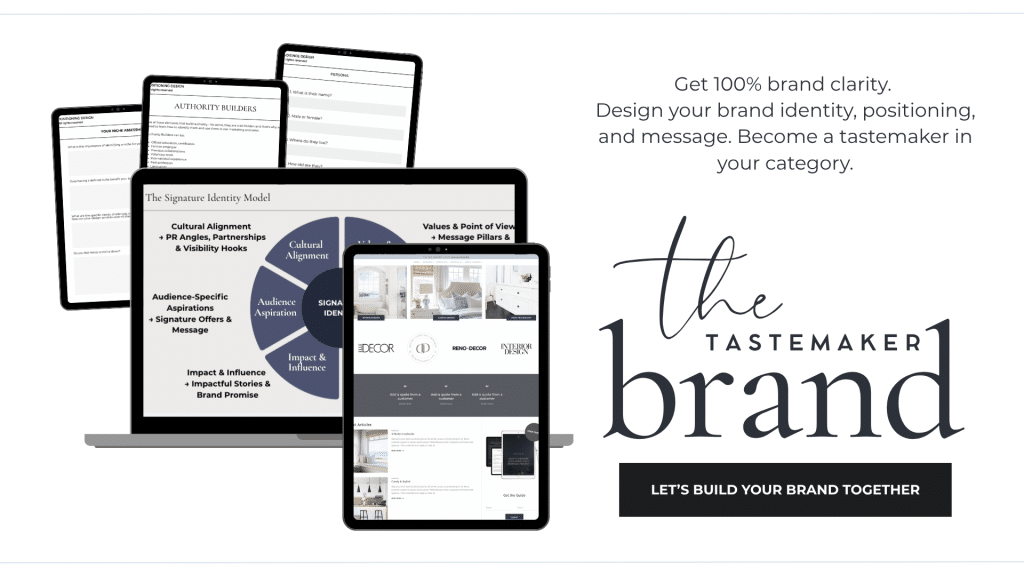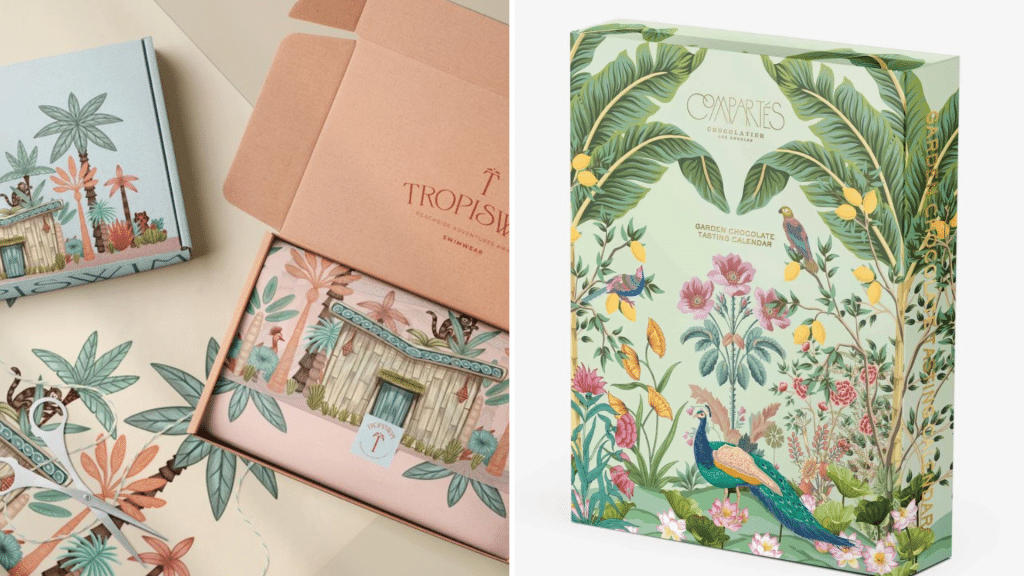In design-centric businesses, the emphasis often leans heavily towards the visual aspects such as logos, colors, and imagery. However, brands that truly resonate with individuals extend beyond mere visuals.
By engaging senses like sound, touch, scent, and taste, companies can gain a competitive edge through multisensory branding.
Multisensory branding is not a mere tactic but a deliberate approach to enhancing emotional bonds and brand recognition by appealing to more than just the sense of sight. For businesses specializing in interior design, furnishings, architecture, or lifestyle products, incorporating multisensory elements can instantly elevate the brand’s perception, making it more memorable and premium.
What is Multisensory Branding?
Multisensory branding involves purposefully leveraging various senses to shape how individuals perceive your brand. This could entail a unique fragrance in your showroom, the tactile feel of your packaging, a distinct audio signature in your videos, or the choice of materials used in your projects.
If you’re building a business in interiors, furnishings, architecture, or lifestyle design, integrating multisensory elements can instantly make your brand feel richer, more memorable, and more premium.
The key lies in consistency rather than flamboyance. Just as you craft a visual style guide, your sensory strategy should be intentional and in harmony with your brand ethos and customer journey.
The Power of Multisensory Branding
Brands that activate more than three senses tend to have a greater impact on purchase decisions, emotional engagement, and customer loyalty. Multisensory branding not only communicates quality and uniqueness but is especially crucial for design-oriented businesses where aesthetics and experience play a pivotal role.
Examples from the Industry
- A home fragrance brand incorporating a signature scent across retail spaces and packaging.
- A textile company ensuring that their physical samples exude opulence through texture.
- An interior designer curating a specific playlist to evoke tranquility during client interactions.
- A furniture manufacturer integrating sound design in product videos to evoke craftsmanship through auditory cues
These deliberate actions serve as cues that cultivate emotional connections and enhance brand recognition.
Crafting a Multisensory Branding Strategy
Begin by aligning your sensory approach with your brand’s positioning. For minimalist brands, avoid overwhelming scents or loud sounds. In contrast, heritage-inspired labels can leverage texture and scent effectively.
Here’s a breakdown by sense
Sight
Yes, this one is a given. But are all your visuals truly consistent? Do your moodboards, project photos, and packaging feel like they came from the same world? If your visual identity doesn’t yet feel cohesive, start here.
Sound
Think beyond background music. What does your brand sound like? Do your videos have a tone? Could you create a signature sound for your Reels or YouTube intros? Even your team’s tone of voice on client calls contributes to this.
Touch
This is huge in interiors and product-based businesses. What’s the texture of your business cards, your packaging, your fabric swatches? Does it feel premium or forgettable? Is your digital experience (yes, UX counts) smooth and intuitive?
Smell
Not every brand needs a signature scent – but in environments like showrooms, studios, or events, this can be a memorable differentiator. Just make sure it aligns. A beachy scent in a dark moody showroom? Not so much.
Taste
If you’re not a food brand, you might overlook this. But consider your client gifting. Are you sending something generic, or are you curating something thoughtful that evokes your brand? A French-inspired design studio sending artisan macarons makes sense. A wellness-focused brand might include herbal tea or infused honey.
Implementing Multisensory Branding
Multisensory branding is a potent tool for design-oriented businesses to stand out and leave a lasting impression. By creating intentional sensory touchpoints aligned with your brand values, you transition from being just another option to becoming the one they remember.


